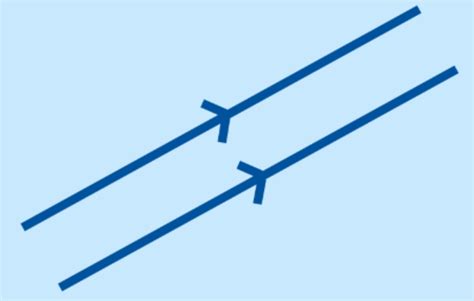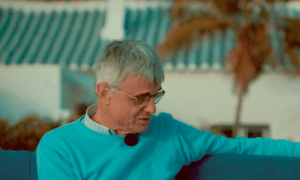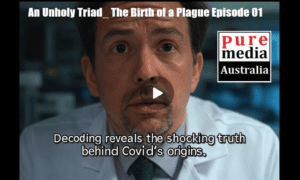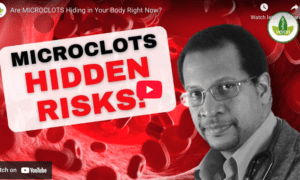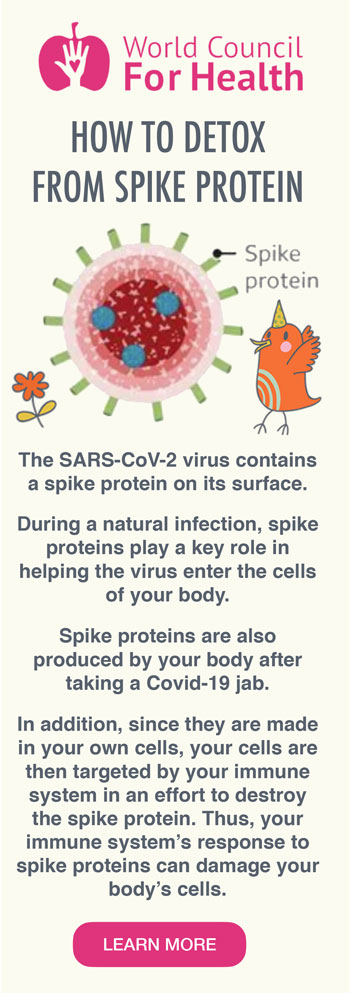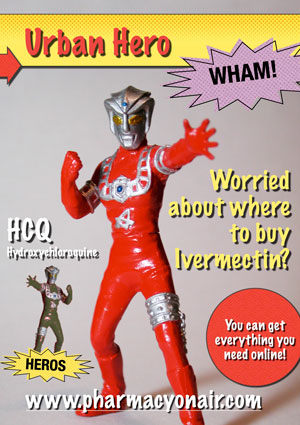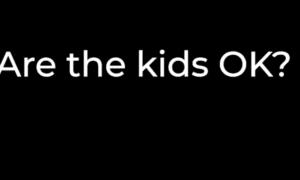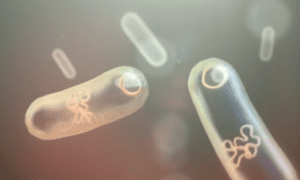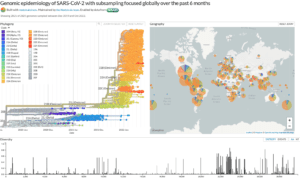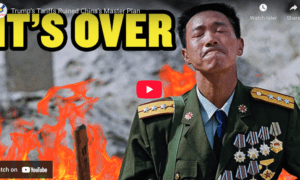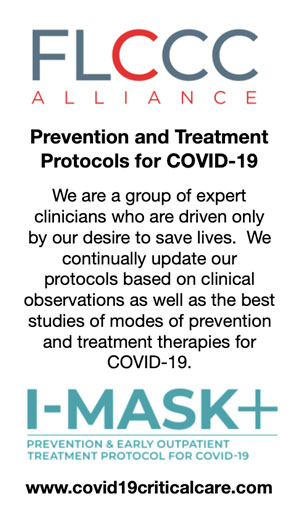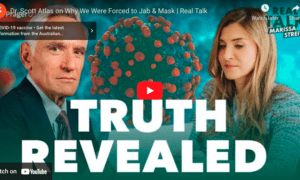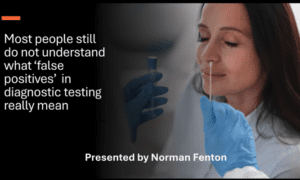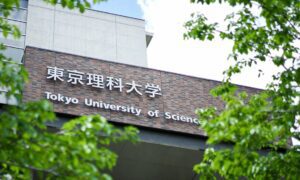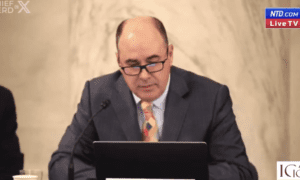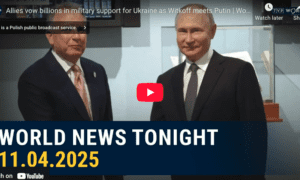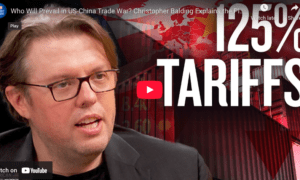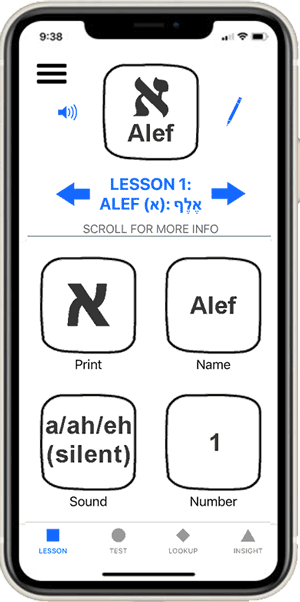About some unforgivable sins in vaccinology: Vaccination with a replication-competent vaccine during the incubation time of a viral disease, or exposure to an infectious virus during the ‘incubation time’ of a vaccine-induced immune response…
I was baffled upon reading the following publication: ‘Case fatality risk among individuals vaccinated with rVSVΔG-ZEBOV-GP: a retrospective cohort analysis of patients with confirmed Ebola virus disease in the Democratic Republic of the Congo’ (https://www.thelancet.com/journals/laninf/article/PIIS1473-3099(23)00819-8/fulltext). Apparently, the scandal of the previous publication on this vaccine wasn’t significant enough to prevent The Lancet from once again showcasing the same propaganda for a potentially life-threatening vaccine (rVSVΔG-ZEBOV), this time authored by different scientists, 8 years later. Back then, I conducted a post-hoc peer review of the publication—previously published by the WHO—reporting vaccine efficacy results from the ring vaccination trial conducted in Guinea with the very same vaccine (https://www.thelancet.com/action/showPdf?pii=S0140-6736%2816%2932621-6). Even a child could have suspected that ring vaccination, which involves vaccinating some contacts (or contacts-of-contacts) of the index case with lab-confirmed Ebola disease during the disease’s incubation period, wouldn’t yield a positive outcome, especially when using a live viral vector for vaccination.
The astonishingly high number reported for the purported efficacy of the vaccine (100%!), as previously published in The Lancet, immediately raised suspicion. I published my analysis in a report that, of course, I couldn’t get published in any peer-reviewed journal, but that I did send to all relevant health authorities and regulatory bodies in Europe and the US (https://www.voiceforscienceandsolidarity.org/scientific-blog/guinea-the-ebola-vaccine-trial-and-the-reported-interim-results). Many officials read it, but no one dared to react. Read it for yourself and compare it with the conclusions from the current retrospective study. The protective effect of the vaccine against severe disease and death reported in the current study is significantly lower than the vaccine efficacy against disease (and therefore, likely against severe disease and death) reported in the 2015 WHO study. This fact alone demonstrates that we were fundamentally misled by the results generated by the WHO in its study published in The Lancet in 2015 regarding the efficacy of the Merck Ebola vaccine.
Regrettably, the authors of the current study concluded that the vaccine provided protection against death for all patients, even when adjusted for Ebola virus disease-specific treatment, age group, and time from symptom onset to admission, and even when administered shortly before symptom onset (i.e., after exposure to the virus). I profoundly disagree with this conclusion because this retrospective study only included patients who, after experiencing symptom onset, managed to reach an Ebola treatment center. In essence, the case fatality rate (CFR) among those who were vaccinated during the incubation period of the disease (i.e., shortly before symptom onset) but did not reach an Ebola health facility due to vaccine-induced enhancement of severe Ebola virus disease has not been accounted for in this study.
Although the results of the current study lacked sufficient power to demonstrate an antagonistic effect between the vaccine and Ebola virus disease-specific treatment, even when administered shortly before symptom onset (such as in the case of a vaccine breakthrough infection), this does not suggest in any way that the vaccine could potentially be utilized for post-exposure prophylaxis. On the contrary, it is probable that vaccine breakthrough infections occurring within four days of symptom onset would have resulted in a higher CFR among individuals who did not receive Ebola virus disease-specific treatment, as observed in the WHO’s Ebola vaccine trial in Guinea in 2015, compared to those who did receive this treatment.
Where has all the science gone? More and more often, sophisticated methodologies and elaborate statistics obviously prevent scientists from seeing the forest for the trees. Many seem to blindly surrender themselves to measurements and statistics without understanding the underlying biology. Similar to vaccination during a pandemic (see the Covid-19 mass vaccination program), ring vaccination with a live viral vector (specifically, a recombinant, live attenuated vesicular stomatitis virus) during the incubation period of a highly inflammatory viral disease has resulted in detrimental health consequences.
In the case of the Ebola vaccine, the WHO has intentionally concealed the data on the CFR in the vaccinees (https://www.voiceforscienceandsolidarity.org/scientific-blog/guinea-the-ebola-vaccine-trial-and-the-reported-interim-results), and we are currently witnessing a similar strategy from public health authorities and regulatory agencies regarding the catastrophic safety issues provoked by the Covid-19 vaccines amidst an increasing number of reports indicating negative vaccine efficacy (i.e., when compared to unvaccinated individuals). The question remains whether scientists and public health authorities are even capable of fully assessing the consequences of their conclusions and interpretations, which only testify to their unforgivable failure to grasp the complex interactions between the pathogen and the host immune system….

